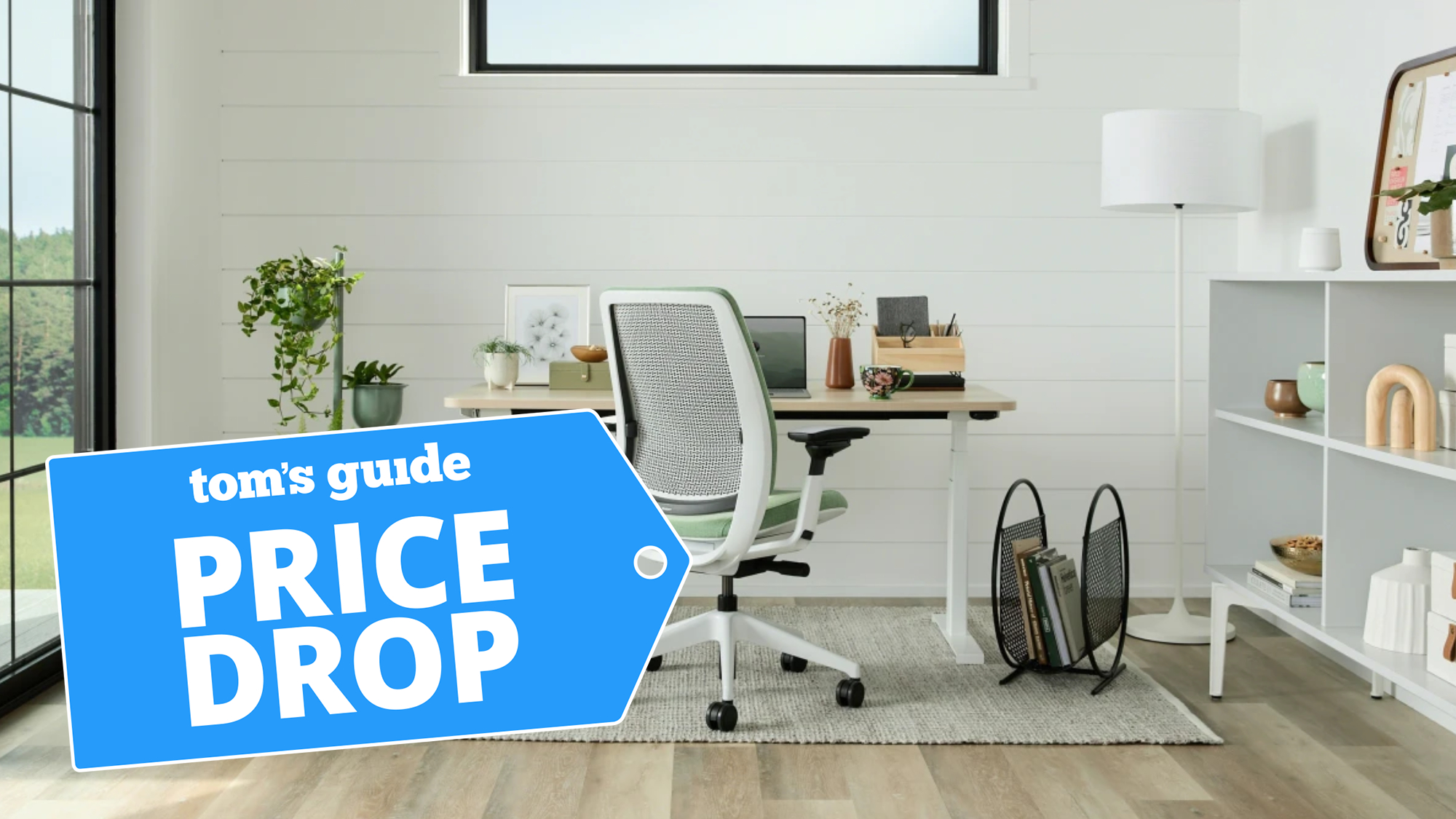I ruined my sleep over Christmas by making some big nighttime routine mistakes — here's how I'm fixing it again
I never realized how important screen limits were for my sleep... until I turned them off
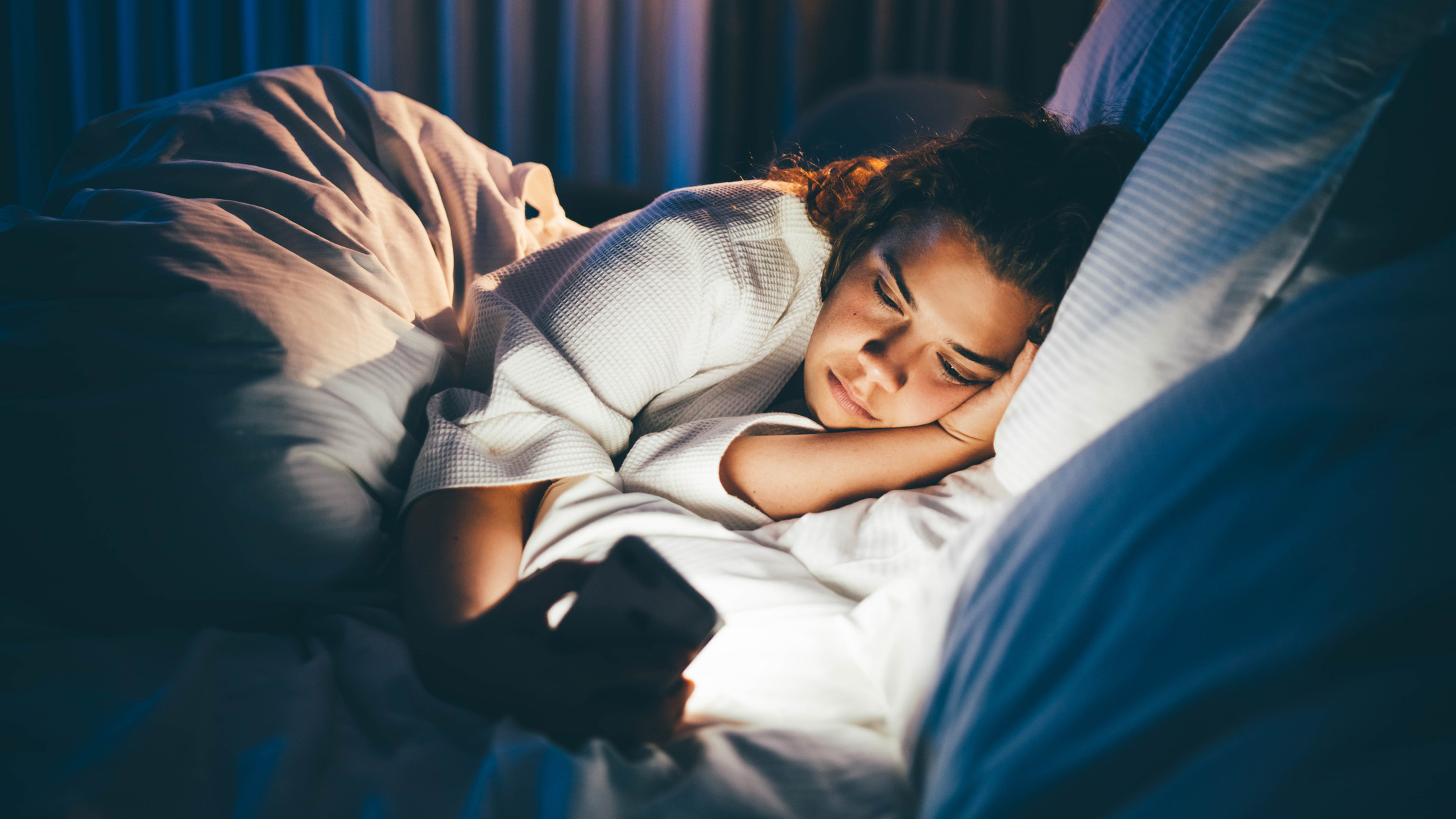
Screen downtime allows you to essentially set a curfew for your phone. I use the iPhone downtime setting to block my access to (most of) my apps after a certain point in the evening, only allowing access the next morning. While you can opt to ignore downtime once it's in place, it does make your phone slightly less accessible for those of us with a screen addiction.
I'm a sleep writer, so I've tried a lot of sleep hacks to build a nighttime routine that works for me. In my efficient system my phone is down at least an hour before bed and I'm normally asleep not long after hitting the mattress. But over Christmas, my carefully developed sleep cycle went badly off track.
I use screen downtime to lock my phone in the evening — and it turns out I've come to rely on it to maintain healthy sleep habits. With screen limits removed, I don't have the willpower to step away from my phone. My sleep paid the price
I doubt I'm the only person who derailed their sleep schedule over the winter break. If you, like me, have struggled to return to early nights and early mornings, here's how I'm planning to get my sleep back on track and how you can do the same.
Screen limits are my secret to good sleep health
Using my phone before bed can ruin my sleep — screen downtime is the most effective method prevention method I've found. First and foremost, it acts as a reminder of the time. When I’m locked out of my phone, I know I need to go to bed. Otherwise, I find it all too easy to lose sight of the minutes ticking away to endless scrolling.
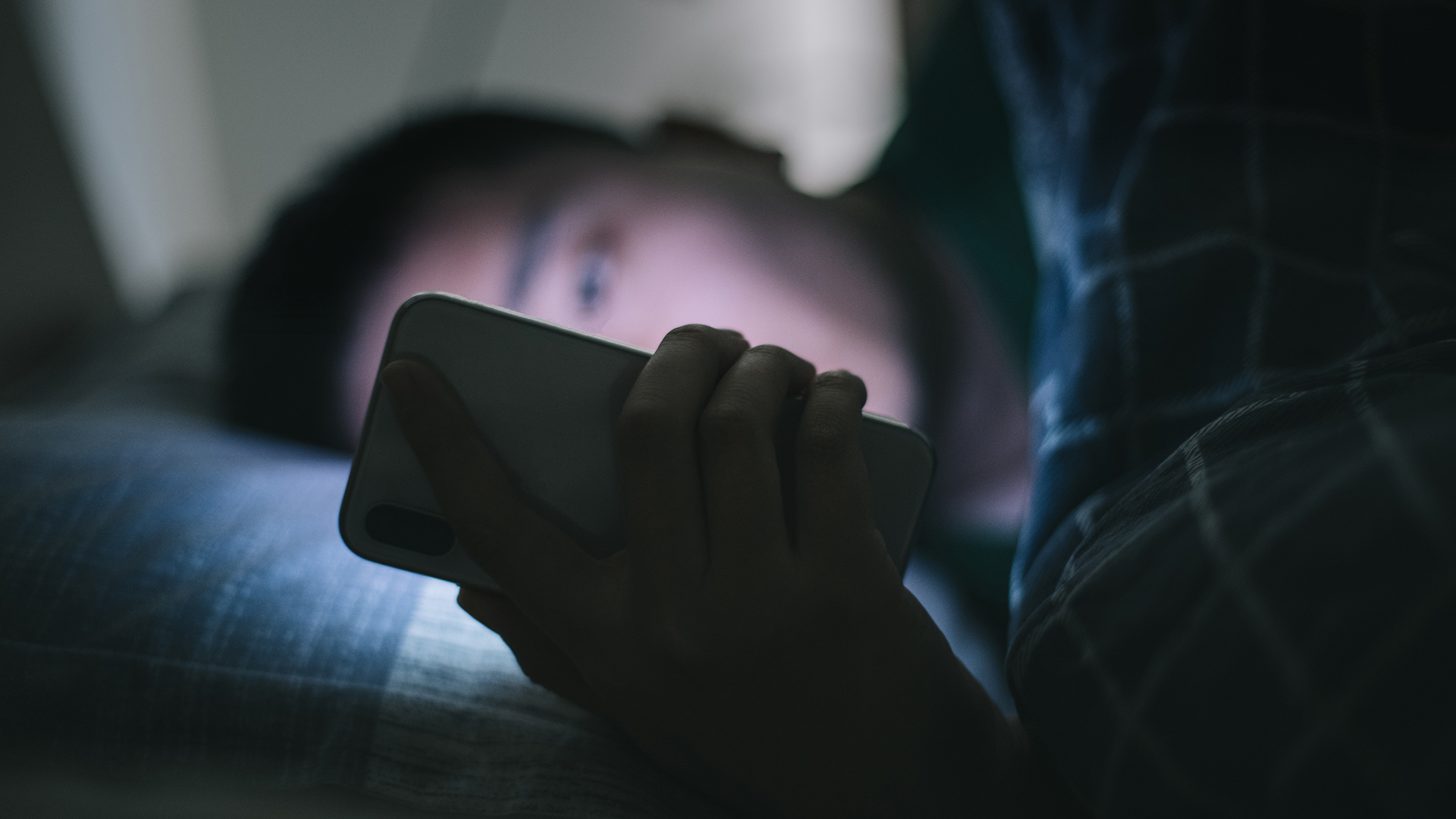
And while I’m sure there are people who can use their phone at night to access YouTube deep sleep meditations and TikTok sleep hypnosis, I'm not that person. Downtime reminds me to stop engaging with content that gets my mind racing before bed and to switch to activities that are a little more soothing.
Abandoning good habits ruined my sleep
So, how did I ruin my sleep over Christmas? Simple: I turned downtime off. I figured without work my screen limits were unnecessary and that I'd have the self-control to put my phone away. As my late-night blurry-eyed scrolls proved, I did not.
Beyond ignoring my usual bedtime (and, in turn, my usual wake-up time), scrolling through my phone got my mind whirring quicker than my TikTok FYP. A racing mind is a major sleep killer for me, and throughout the Christmas period I went to bed with a brain stuffed full of thoughts.
Sign up to get the BEST of Tom's Guide direct to your inbox.
Get instant access to breaking news, the hottest reviews, great deals and helpful tips.
Over the break, I didn't really notice an issue. After all, who doesn't enjoy a few lazy lie-ins between Christmas and the New Year? But the holidays don't last forever, and by the time I went back to work I'd managed to rewire my sleep schedule. Waking up on Monday morning felt like waking up in a different time zone, so bad was my social jet lag.
How I'm fixing my sleep schedule
As a sleep writer I've inevitably tried a lot of sleep hacks — from mouth taping to moon breathing — so I know what works for me. And now I've learned the hard way that abandoning my sleep hygiene will ruin my sleep cycle. Here's how I'm getting it back on track.
1. Re-instate screen downtime
This is the obvious first step and a good one. Downtime has proved effective in helping me keep to a sleep schedule, and my break from it only reinforced that opinion. Once downtime kicks in the only apps I have access to are essential but boring (you’ll never find me glued to the bus tracker) or helpful to my sleep, like my soundscape app.
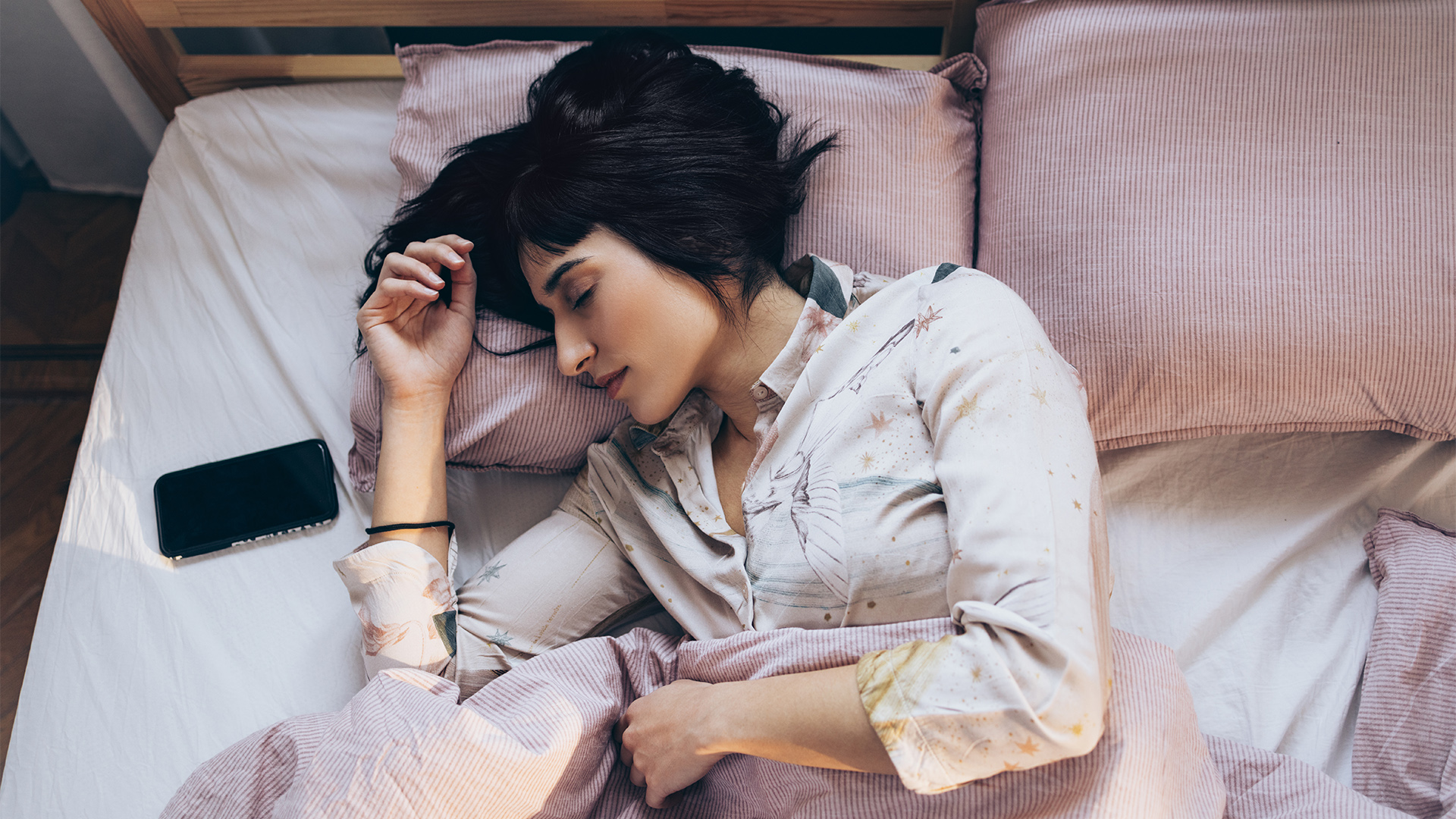
Downtime limits won’t work for everyone (they’re pretty easy to get around.) But if you struggle to say goodnight to your phone, I recommend giving them a go. And if there are any other healthy sleep habits you ditched over the break, it’s time to pick them back up. Or even develop some new ones for better sleep in 2025 — it's not too late for New Year's resolutions.
2. Wake up earlier
My alarm time drifted significantly over the winter break, something I felt keenly when I had to wake up for the first day back in the office. But however painful that 6.30am alarm was, it was necessary for getting my sleep back on track.
An earlier alarm means I’m more tired in the evening, allowing me to fall asleep quicker when I go to bed. And it means I want to go to bed earlier than the late nights of Christmas break. Setting your alarm early is one of the best ways to get your sleep schedule back on track after a disrupted night. Even if it doesn’t feel pleasant at the time.
3. Reassess my wind-down routine
A surprising result of abandoning screen limits was that I also turned away from my pre-bed nighttime routine. Given the chance to waste time on my phone, I left my good habits behind.
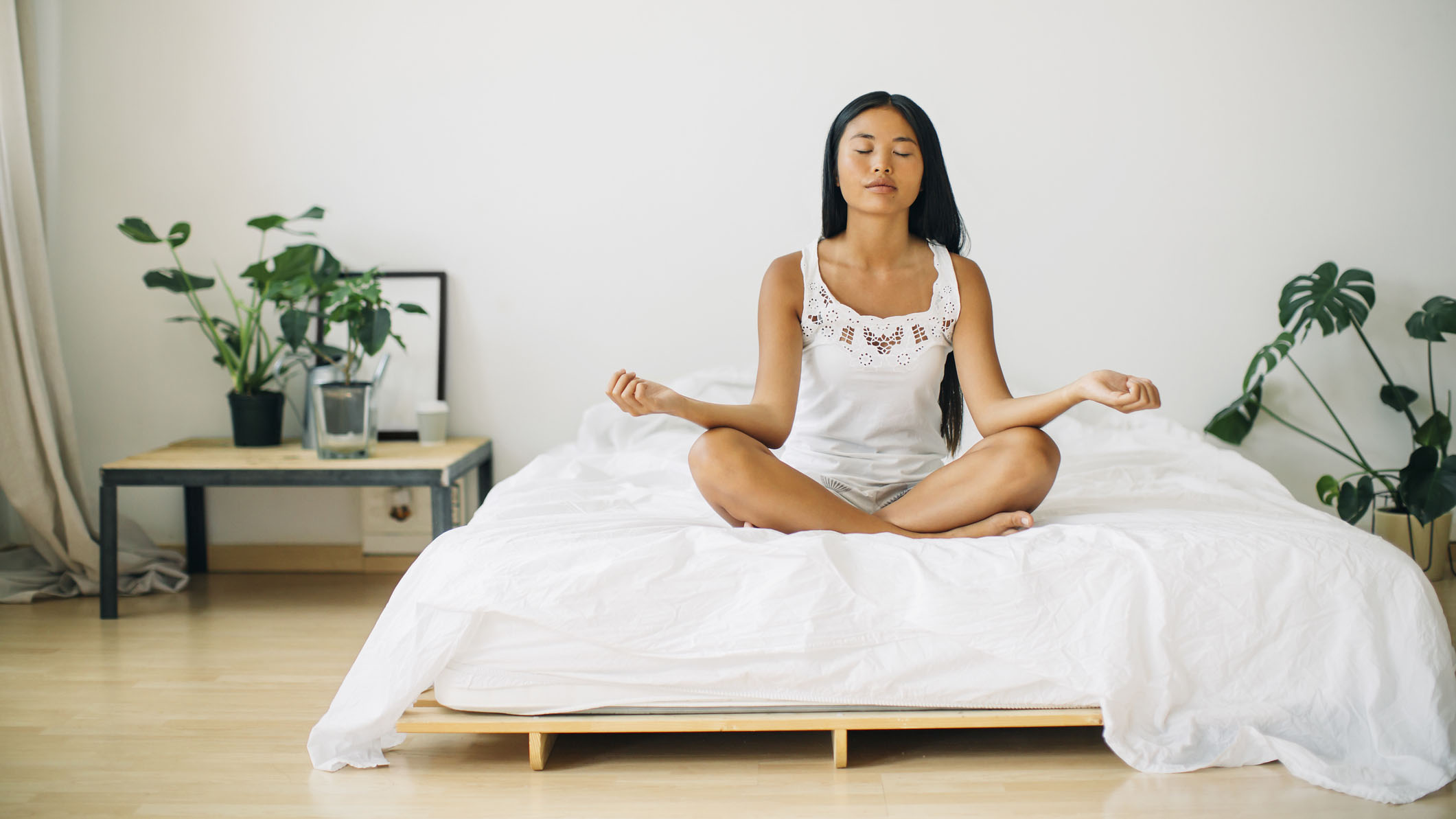
So it might be time to re-think how I relax in the evening. I want to build a routine that's even more enticing than doomscrolling, so I don't rely on downtime limits to keep my sleep on track. If you’re struggling to build a nighttime routine, I recommend taking a step back and trying some new methods of relaxation.
Other tips for sleeping well
Abandoning screen limits was a major problem for my sleep but if I'm being completely honest, it wasn't the only bad sleep habit I picked up over Christmas. Here are some other tips for getting better sleep:
- Limit alcohol before bed: I’m sure a few mulled wines before bed added to my slumber woes, as alcohol can stop you from sleeping. Try some sleepy beverages for your evening drink instead.
- Get sunlight early in the morning: When my alarm went off later than usual, I made the problem worse by lying in bed (...yes, playing on my phone again). Early morning light can help you sleep better the next evening, so I should have at least opened the curtains.
- Choose the right sleep setup: Even on late nights and drowsy mornings I managed to get some solid hours of quality sleep. This is because I have the best mattress for my sleep style, so when I finally drifted off, I slept better.

Ruth is a staff writer at Tom’s Guide, covering all things mattress and sleep. She has a deep interest in the link between sleep and health, and has tried enough mattresses to know the right bed really can make a difference to your wellbeing. At Tom’s Guide she writes to help people sleep better, from how-tos to the latest deals to mattress reviews, and has interviewed an array of specialists who share her passion. Before joining the team at Tom’s Guide, Ruth worked as a sleep and mattress writer for our sister website, TechRadar.
